One thing BMW has always done well is make motors. It’s right there in the name. But while they might be most famous for their inline-sixes, their V-8s are often attached to the models people still pine away for the most (E39 and E90 anyone?). I came away so impressed with the BMW S63 engine in the F90 M5 that it made me realize we’ll never see a V-8 like it again. What makes it so amazing, and why is BMW giving up on the internal combustion engine? I’ll explain.
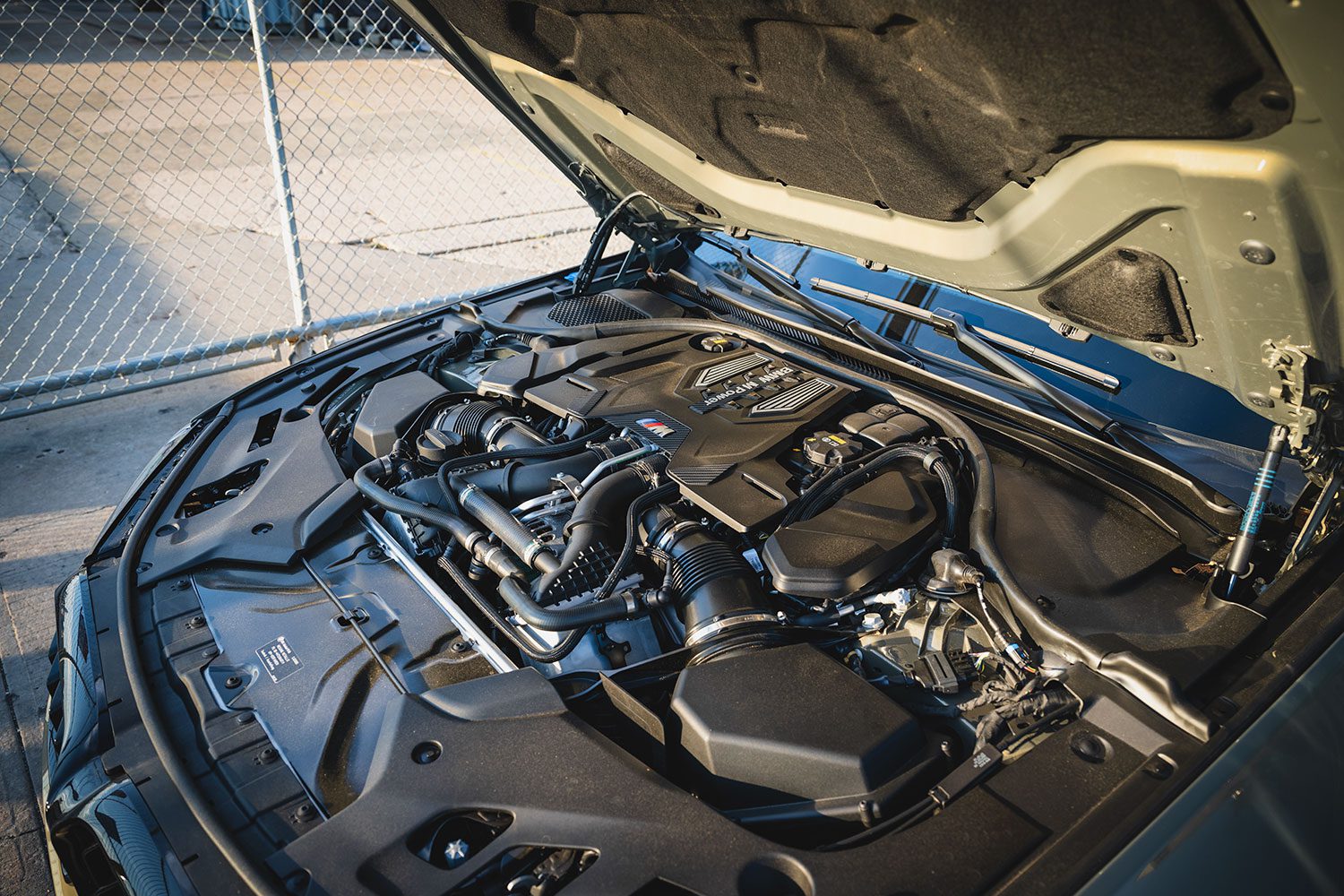

Where did the BMW S63 come from?
It starts with the lineage of BMW’s V-8s. The engine that precedes the S63 was BMW’s S65, from a developmental standpoint. They couldn’t have been further apart in terms of design. The S65 had no turbochargers, a (very) high red line, no Valvetronic system, port fuel injection as opposed to direct…the list is long. And while the S65 was only installed on the E9X M3, this new V-8 would be placed inside many of BMW’s top-end models.
In the mid 2000s, BMW engineers saw the writing on the wall when they started to work on an all-new V-8, dubbed N63. BMW fixes an “N” designation to normal Series engines, and an “S” moniker to anything installed in an M car. This is one way to tell M Performance models from true M cars (not you, 1M).
The N63 made its debut in the 2008 E71 X6 and is still being made today, with some big updates along the way.
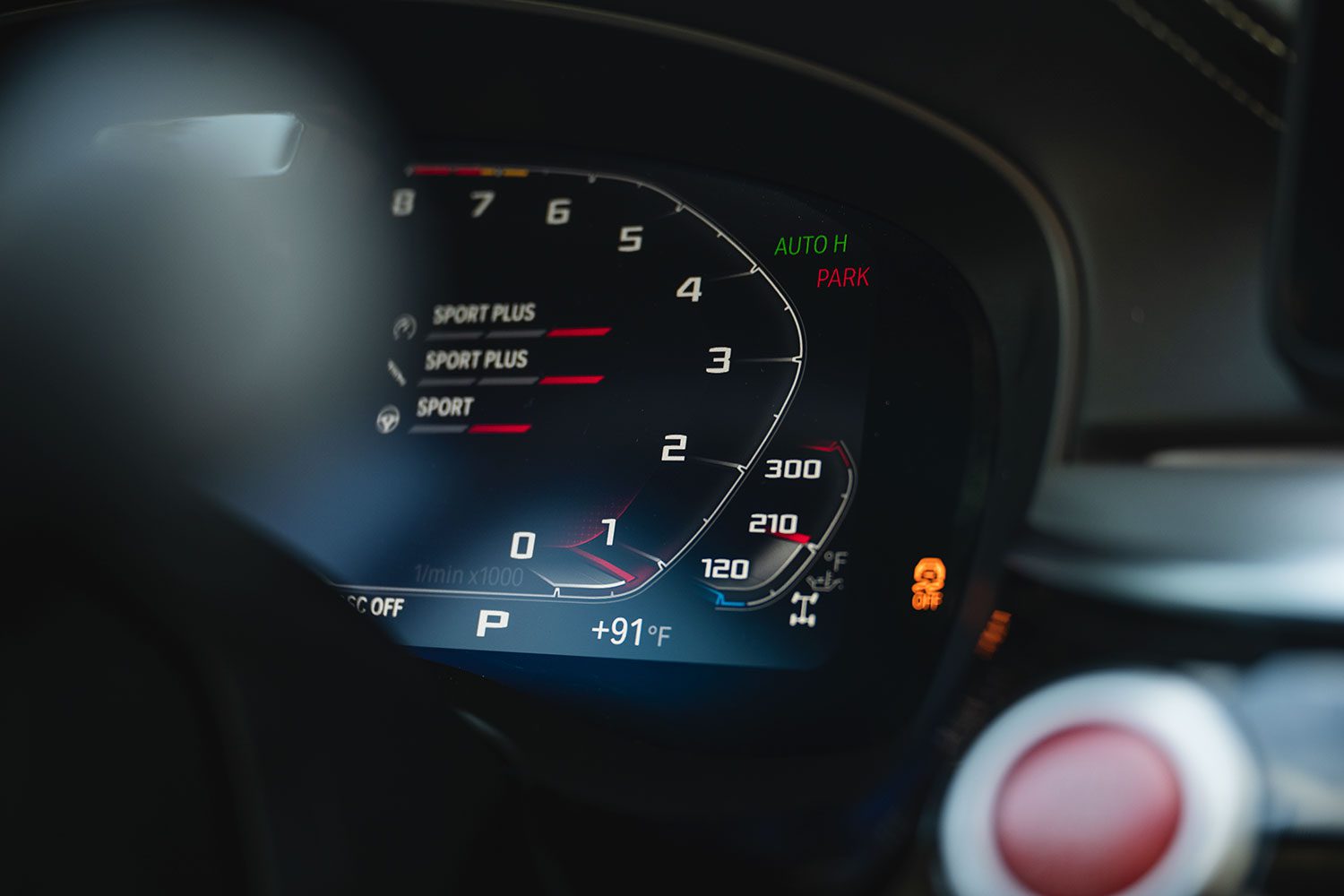

Turbo time
For this new V-8, BMW developed what’s known as a “hot-vee”, something never before seen on a production car. This design means that the exhaust manifolds and turbochargers are located between the cylinder banks, and the intake manifolds are on the outside of the engine block. It’s the exact opposite of what a typical turbo V-8 might look like.
All of this is for one purpose: to reduce turbo lag. In the old days, let’s say the 90’s, you’d have to wait for an engine to build up boost. This resulted in some “interesting” throttle responses. Plant your foot on the gas in a 3000GT, and you’ll wait a bit for something resembling acceleration to happen, especially if you’re in the wrong gear. Then, it’s suddenly a sonic boom.
In the N63, the hot-vee reduces the exhaust runner length. That means less time needed for the turbo to spool up and more time going “weeee”.
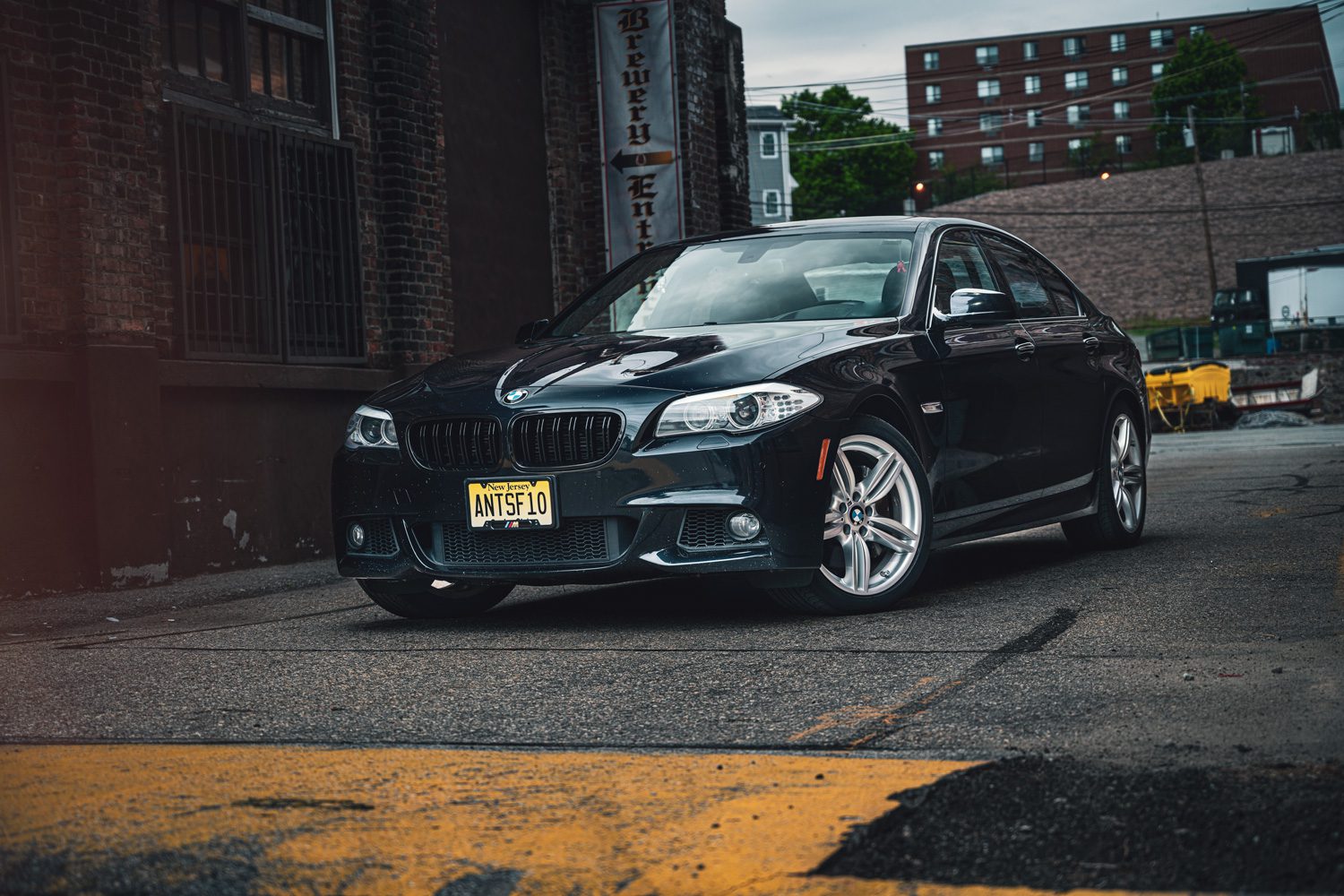

M gets handsy for the BMW S63
While the N63 was a good base to start from, it wasn’t a true performance engine until M touched it. Enter the BMW S63, first appearing in the E70 X5 M.
The first thing they did was ditch the regular turbos for twin-scrolling units, which improved response time even more from the standard N63 (and would later be added to that engine as well.)
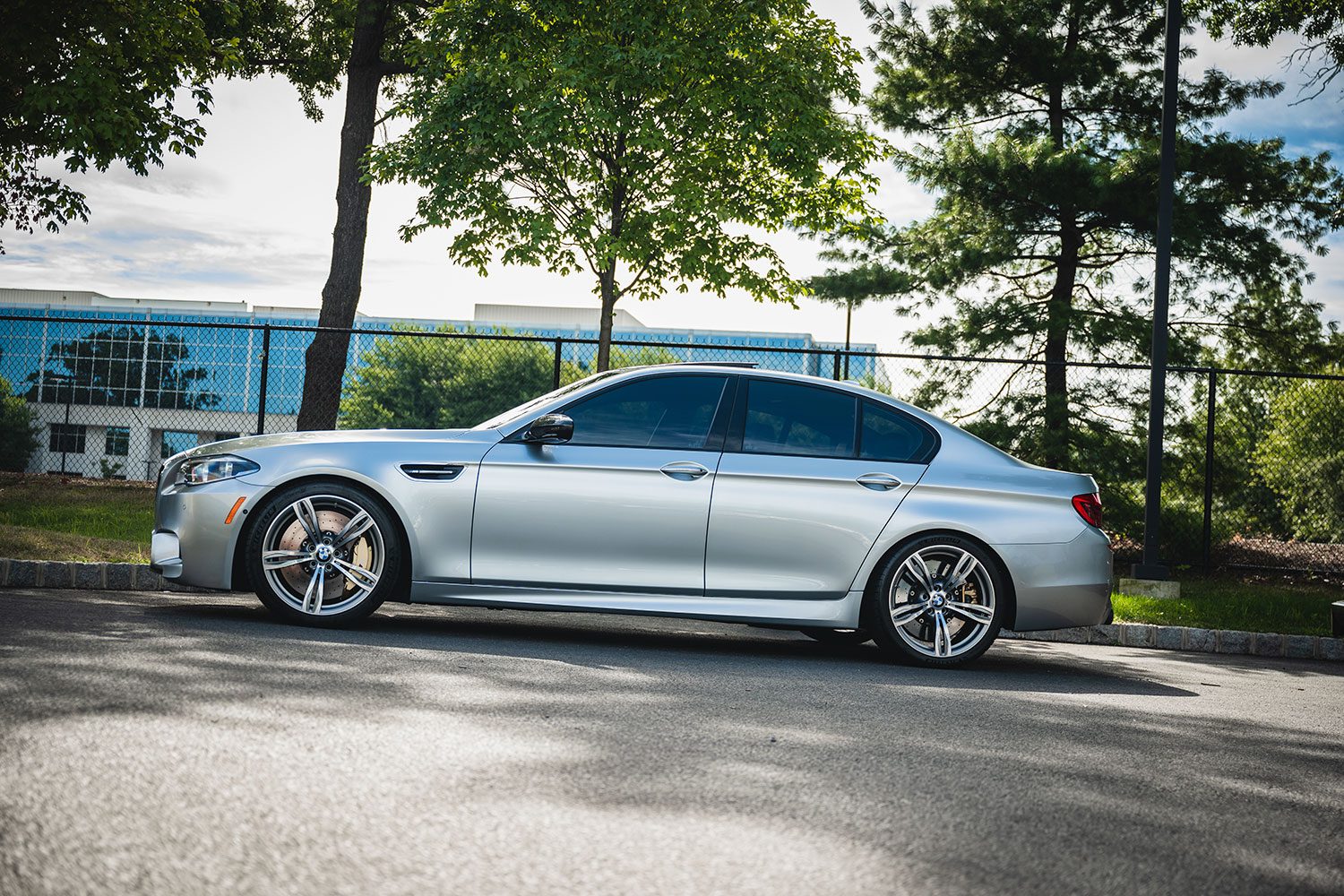

M then upped the boost (25.9 psi vs 11.5), and created a patented exhaust manifold tune that allowed for alternating exhaust pulses to be fed to each turbocharger. This allowed for greater throttle response with less back pressure. They also changed the piston and head design to optimize cooling. This was actually BMW’s first M engine to use Valvetronic, even though it was put in use back in 2001. One thing you won’t find here, sadly, are individual throttle bodies, a long-standing hallmark of M engines. Finally, this being an M engine, the BMW S63’s redline was increased from 6,800 rpm to 7,200 rpm.
Over the next 10 years, BMW would refine this engine into what you see in the F90 M5.
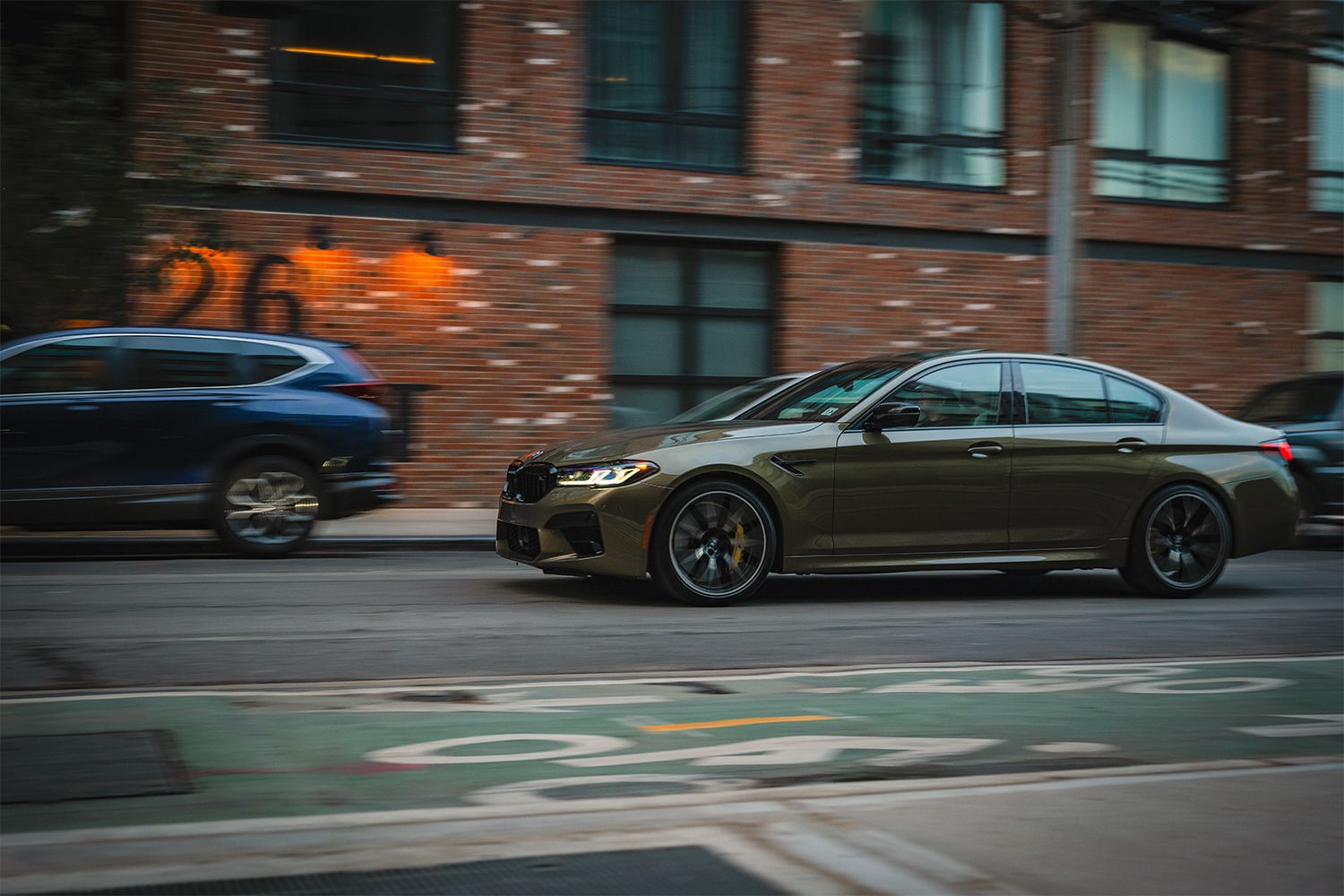

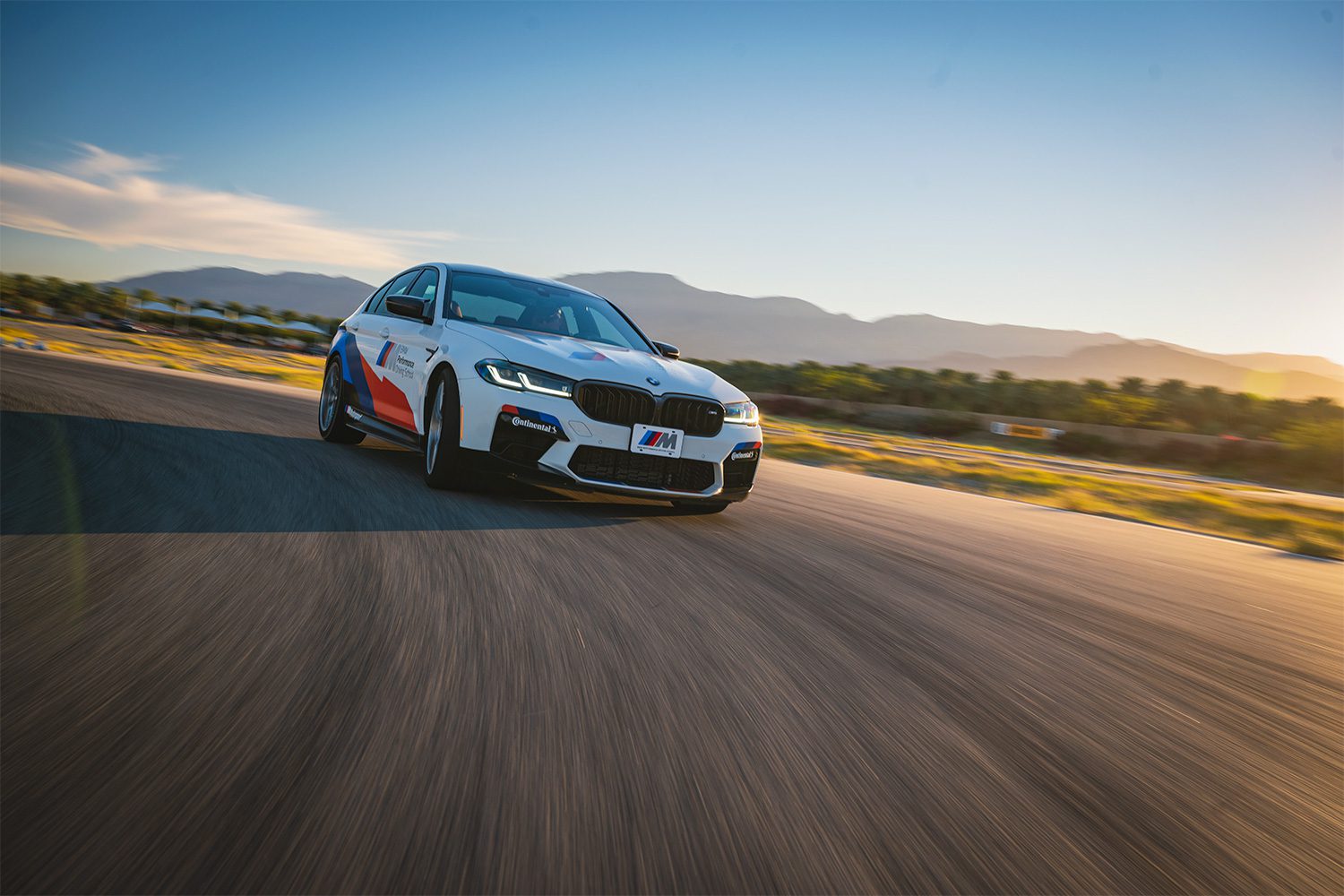

Things get (really) hot
Every car has its issues, and anything with an N/S63 is no different. Do your due diligence if you’re buying a used example (duh). And while excessive oil consumption and timing chain failures are bad, one item in particular stands out.
Remember that Hot-Vee design? As ingenious as it is, it means all that heat gets trapped right on top of the engine block. To combat this, BMW programmed the fans to run even after you’ve turned off the car. It’s no joke either. After a spirited drive in the M5, the fans would still be running up to 10 minutes later in my garage and made it sound like a 747 had parked there. While all BMWs do this, the N63 gets capital H-O-T hot.
Running the fans drains the battery, and that’s ok because the engine can simply recharge them via the alternator as you drive down the road. Thing is, the Germans never took into account just how we Americans drive our cars, which is usually in much shorter bursts than our European counterparts. That means less time charging, and soon there were many complaints about dead batteries from well-healed BMW owners.
It got so bad that replacing the battery became a thing, like changing the oil every 10,000 miles. Now BMW did help those original owners, and updated engines in later models helped solve some of these issues. But it goes to show that not every contingency can be accounted for in engine design.
What gives the M5 its soul
I hope it’s obvious by now just how much I loved my time with the M5, and it stems from the S63. But while BMW M used to rely on changing the motor completely from regular Series cars, the F90 M5 simply takes an N63, beefs it up with boost, and gives you more power. This from an an engine design that’s over a decade old.
But that’s not the whole story. BMW M never stopped giving its M cars bespoke engines, and the current S63 is as special as they come.
Double beef
It starts right in the block, where the S63 receives unique oil and cooling passages, along with cross-bolted main-bearing caps for additional strength.
Look at the N63 in a current X5 M50i, and you’ll see turbocharges designed for low-end torque and fuel efficiency. Yawn.
In the M5, the compressor wheels are bigger, keeping the compressed air cooler, and shaped to reduce back pressure. Boost in the X5? 11.9 via a vacuum-actuated waste gate. In the M5 it’s 25.9, and an electronically-controlled gate gives quicker, more precise control. You may now make appropriate blow-off whoosh sounds.
Pressure in the M motor is everywhere. In the X5’s engine, fuel is injected at 2,900 psi. The M5 is twice that, with upgraded guts to handle the additional fuel flow.
Even the pistons are special, with an extra groove in the M5’s skirt to keep oil loss under control because of the higher redline and anticipated hard use. The N63 has 8 oil-spray nozzles, with the M5 adding eight more to keep everything cooler longer. And though it’s not a dry-sump design, the S63 adds a secondary oil pump to ensure the M5 stays hydrated at up to 1.3 Gs of cornering force.
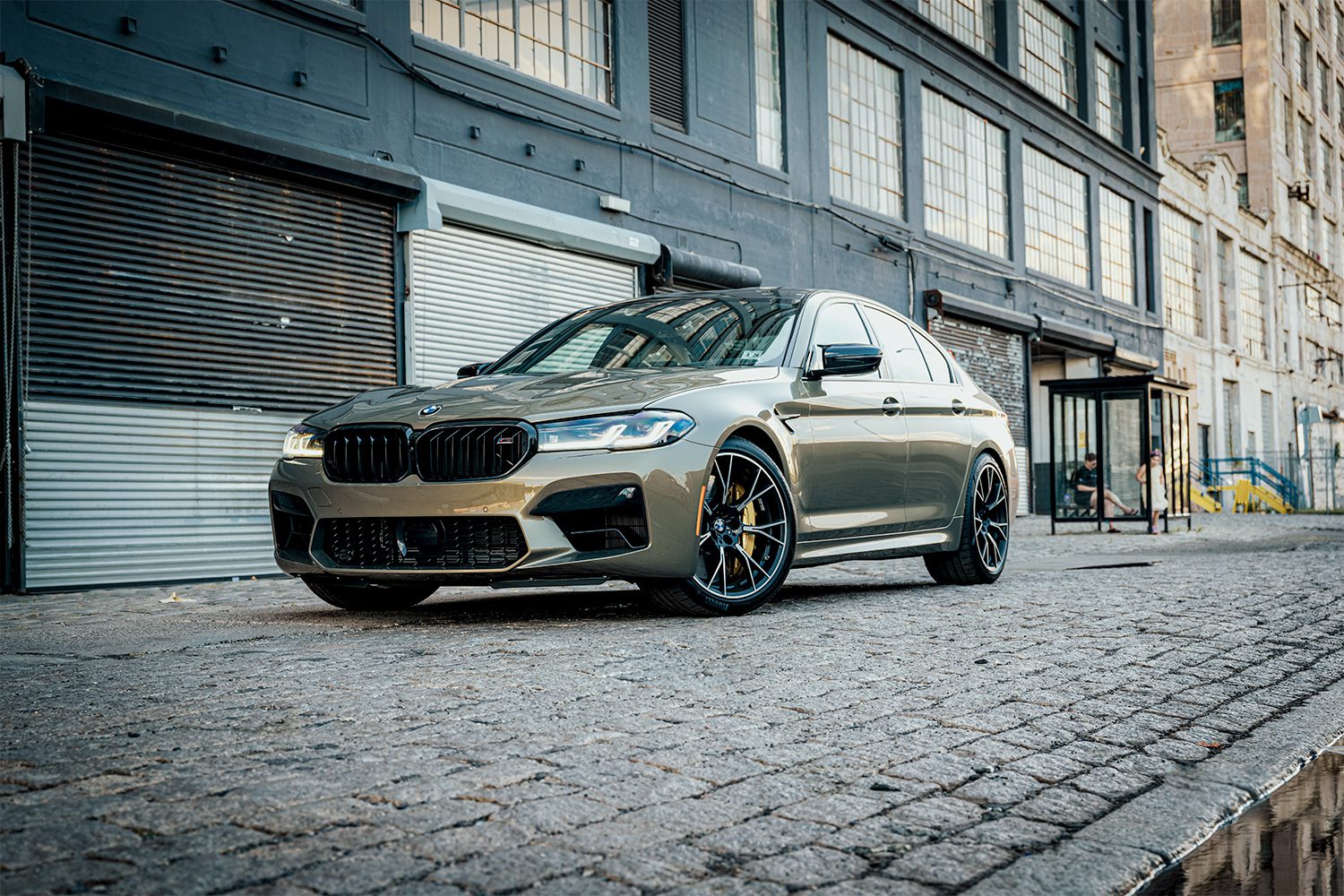

Deep breath
The way the engines take in and breathe out air also differ. The BMW S63 has no mass airflow sensor (the N63 does). Instead it uses science to determine air mass from ambient pressure and temperature, along with other variables. This allows for much more precise control over power delivery.
And while the X5 uses a traditional means of exhausting gas, with one manifold per cylinder bank, the M5 goes for crossing over the front and rear cylinder banks to help reduce exhaust re-circulation.
Precision
All this means that BMW M can have much more precise control over power delivery and throttle response.
You really had to keep those old M engines at full boil to extract all the performance. Not here. The torque never stops, and even the supercharged V-8 in the Blackwing felt more peaky than this S63.
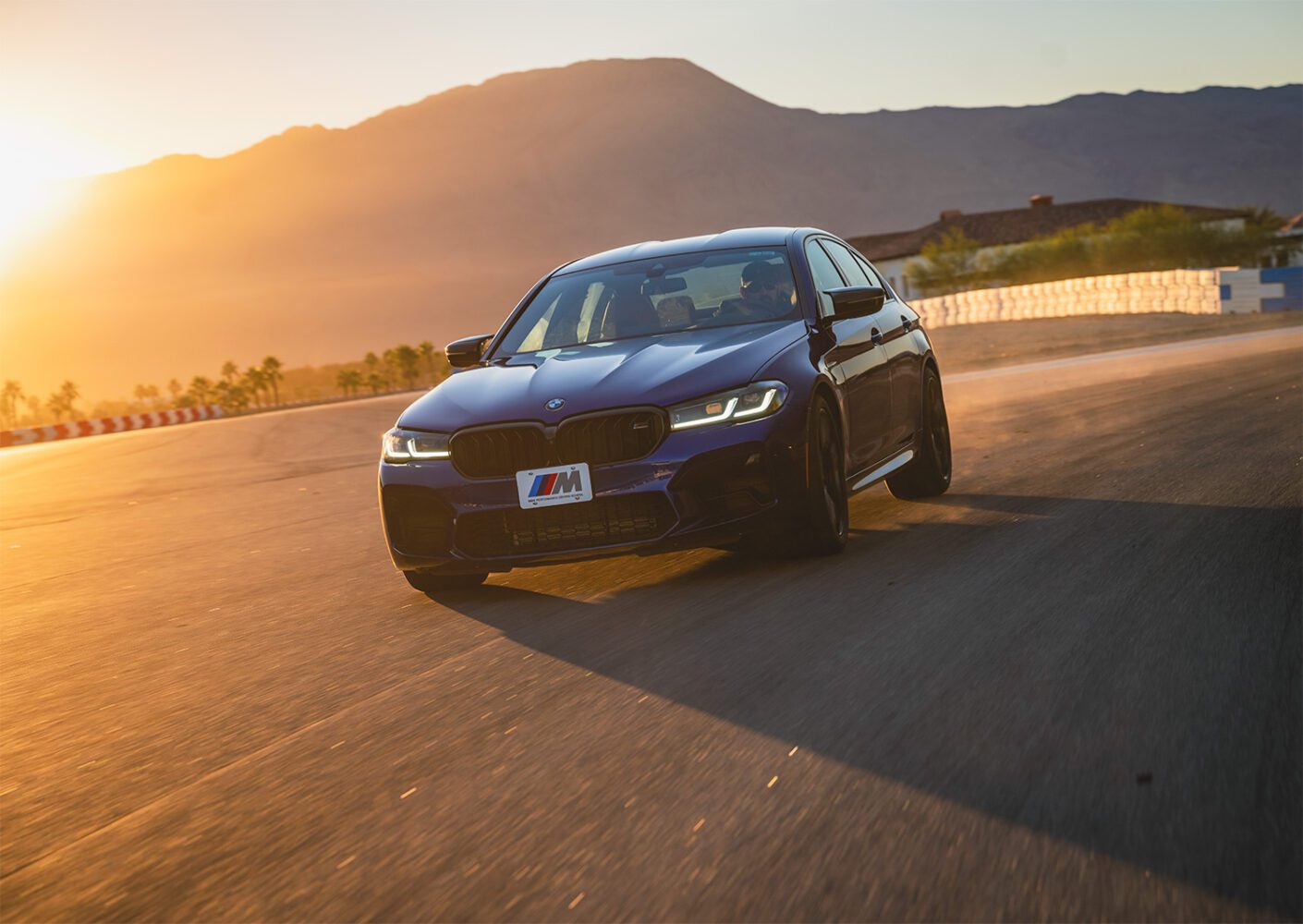

What’s next?
Electric cars! But before that, an M5 hybrid. I’m not mad at hybrid cars – they are the best of both words. Think of the battery as just another turbo, aiding the engine to achieve warp speed.
While a Tesla (and future M cars) will far outpace the S63 in terms of raw speed, they won’t provide the same sensations. Would you rather microwave a burger, or grill it?
The F90’s days are numbers, and while the rest of the package might seem a bit cold to the touch, the engine puts it among BMW M’s best efforts. I’m glad it’ll continue to be a performance beacon for M cars, at least for one final generation.
Commissions may be received for product links on this site. Help out if you can.
I use Nikon camera bodies and lenses, a Westcott Ice Light 2, Manfrotto tripod, B + W filters and an iMac Pro to make the art you see here.
Email me at mike@machineswithsouls.com with any questions. Follow along on Instagram @machineswithsouls





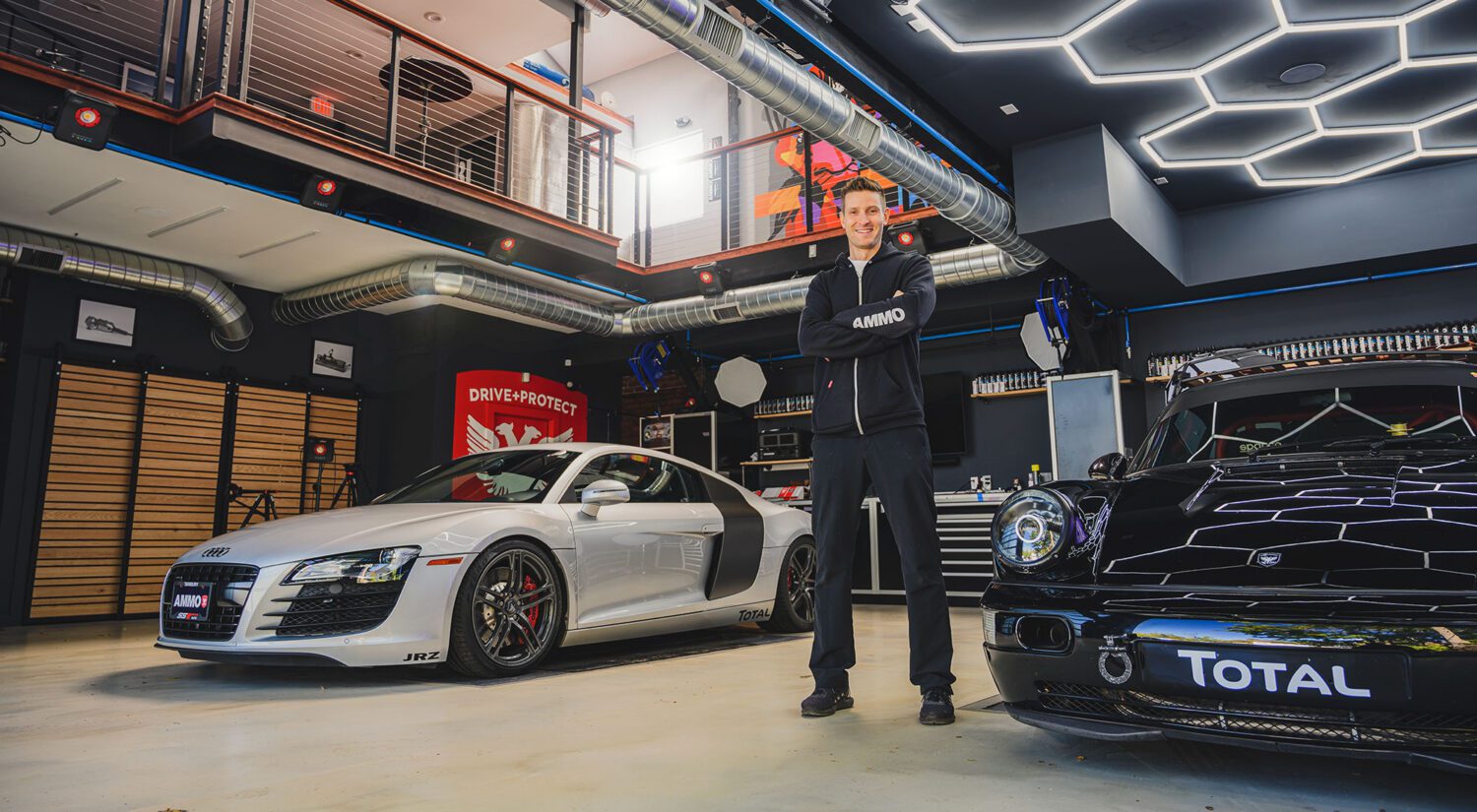
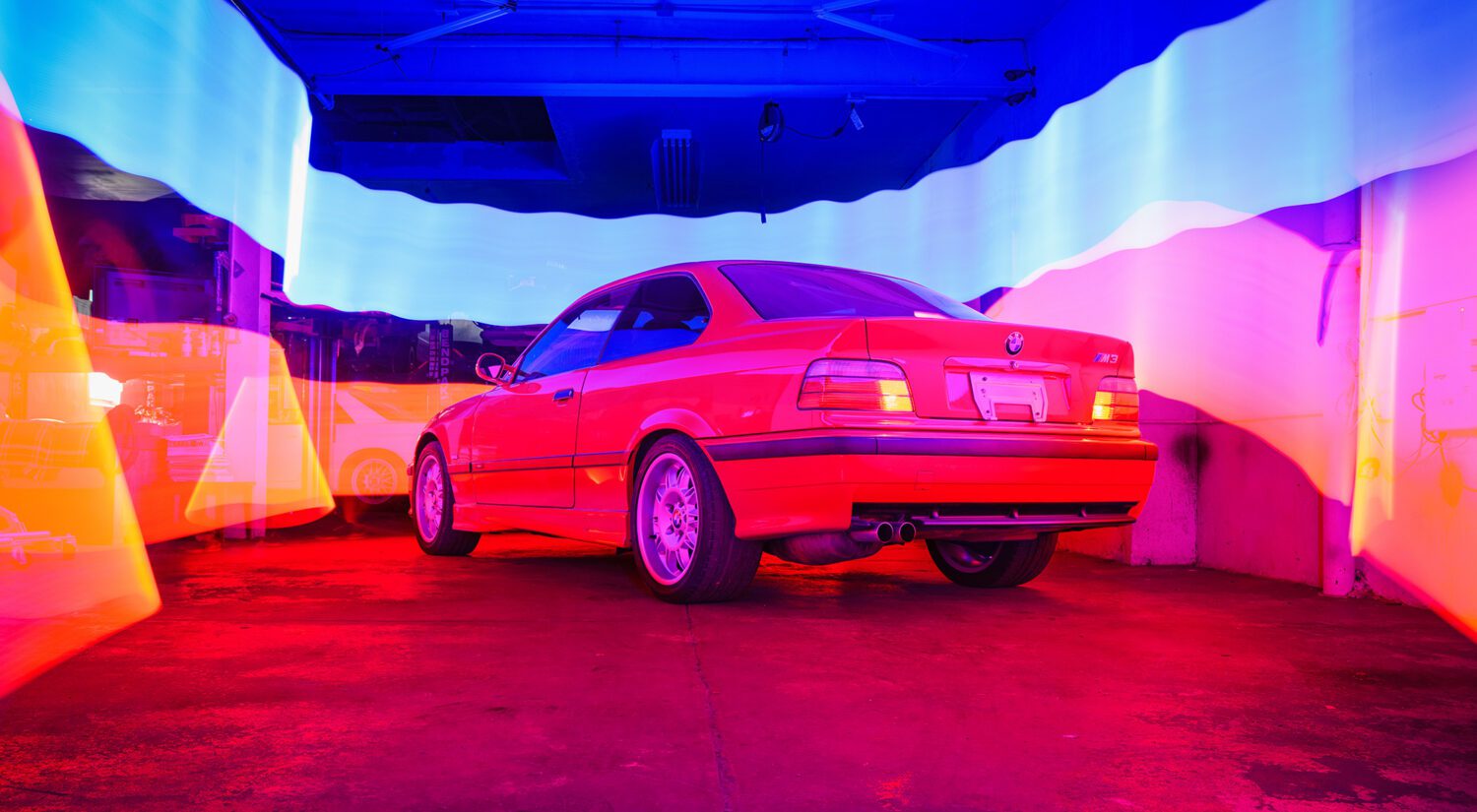
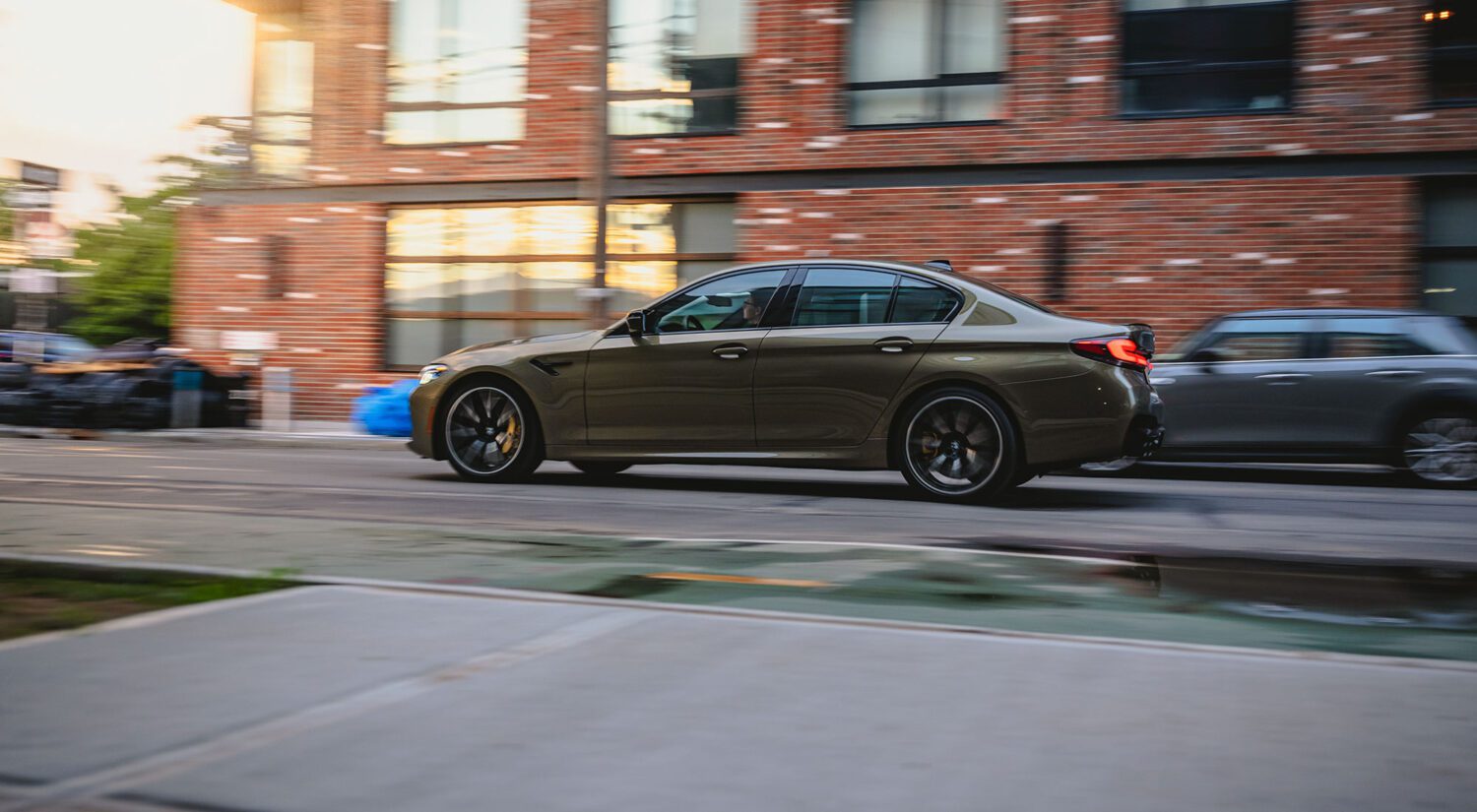
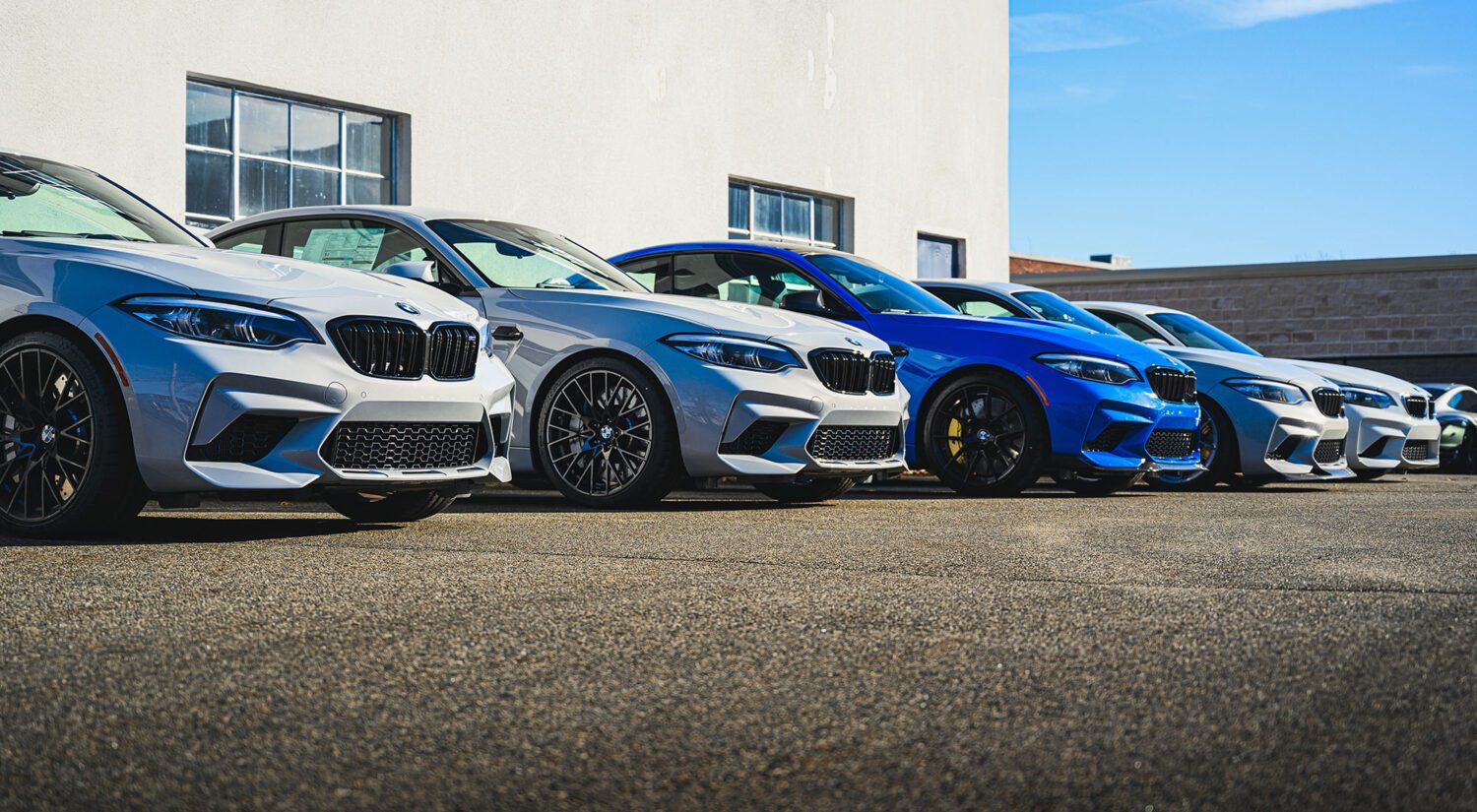
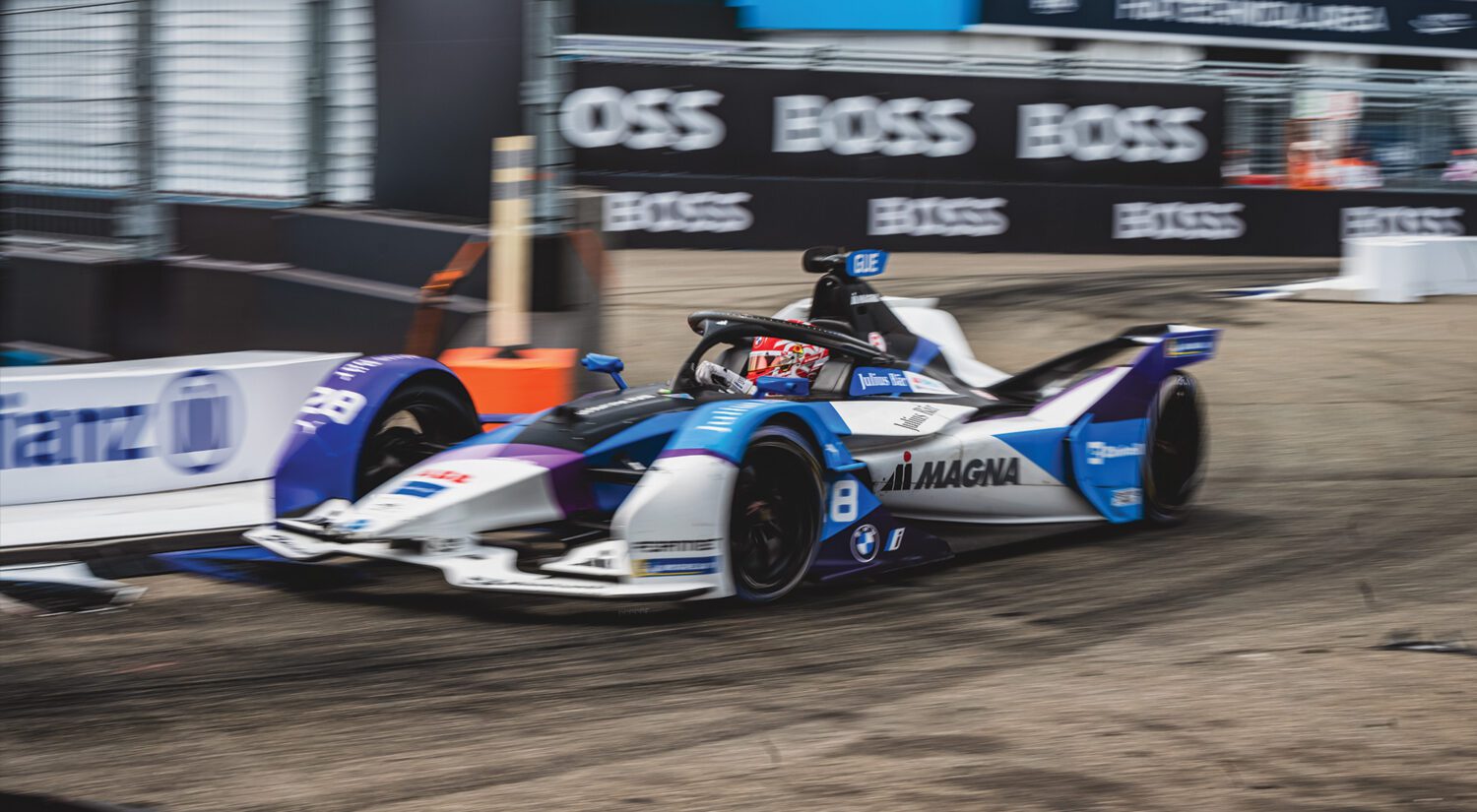
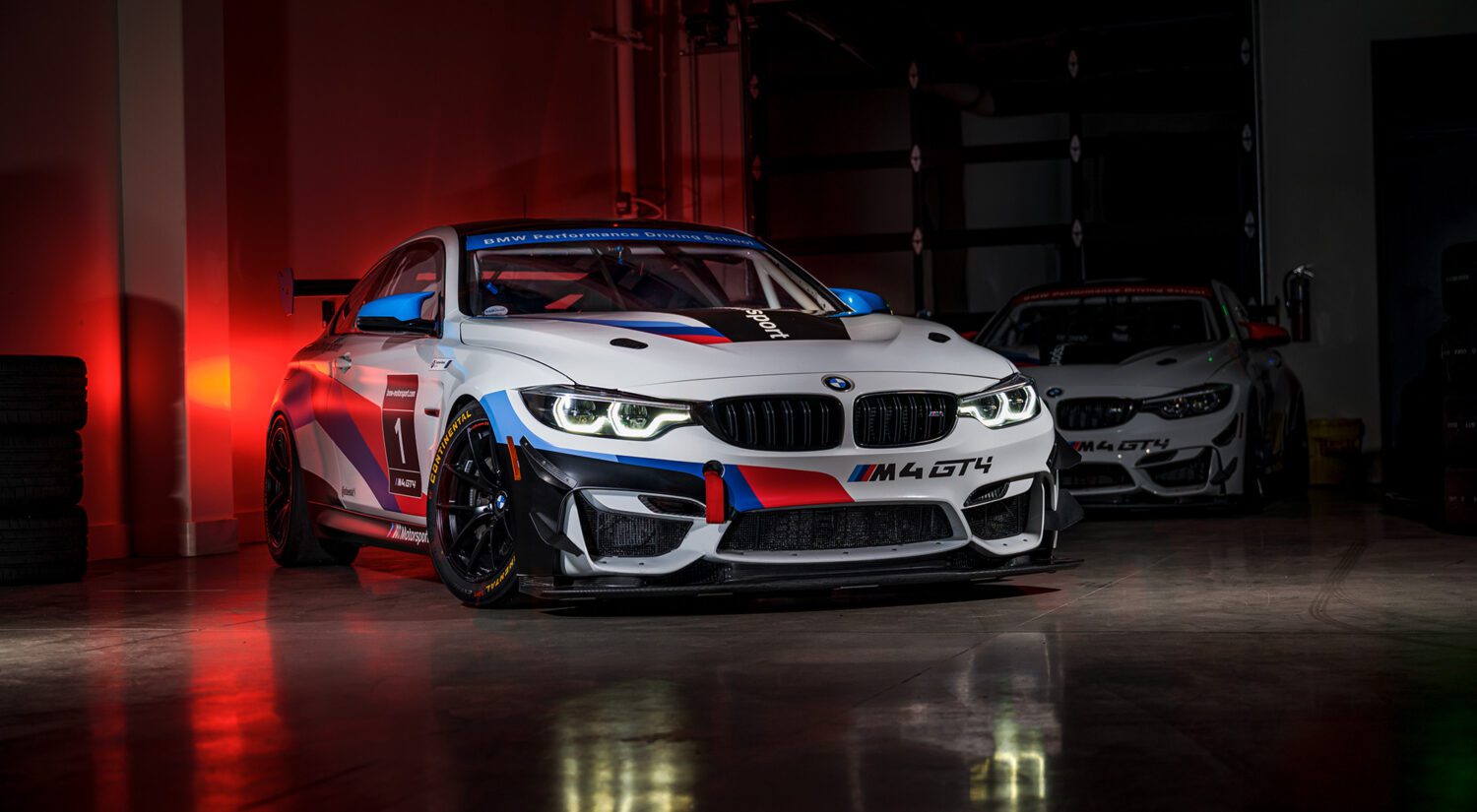
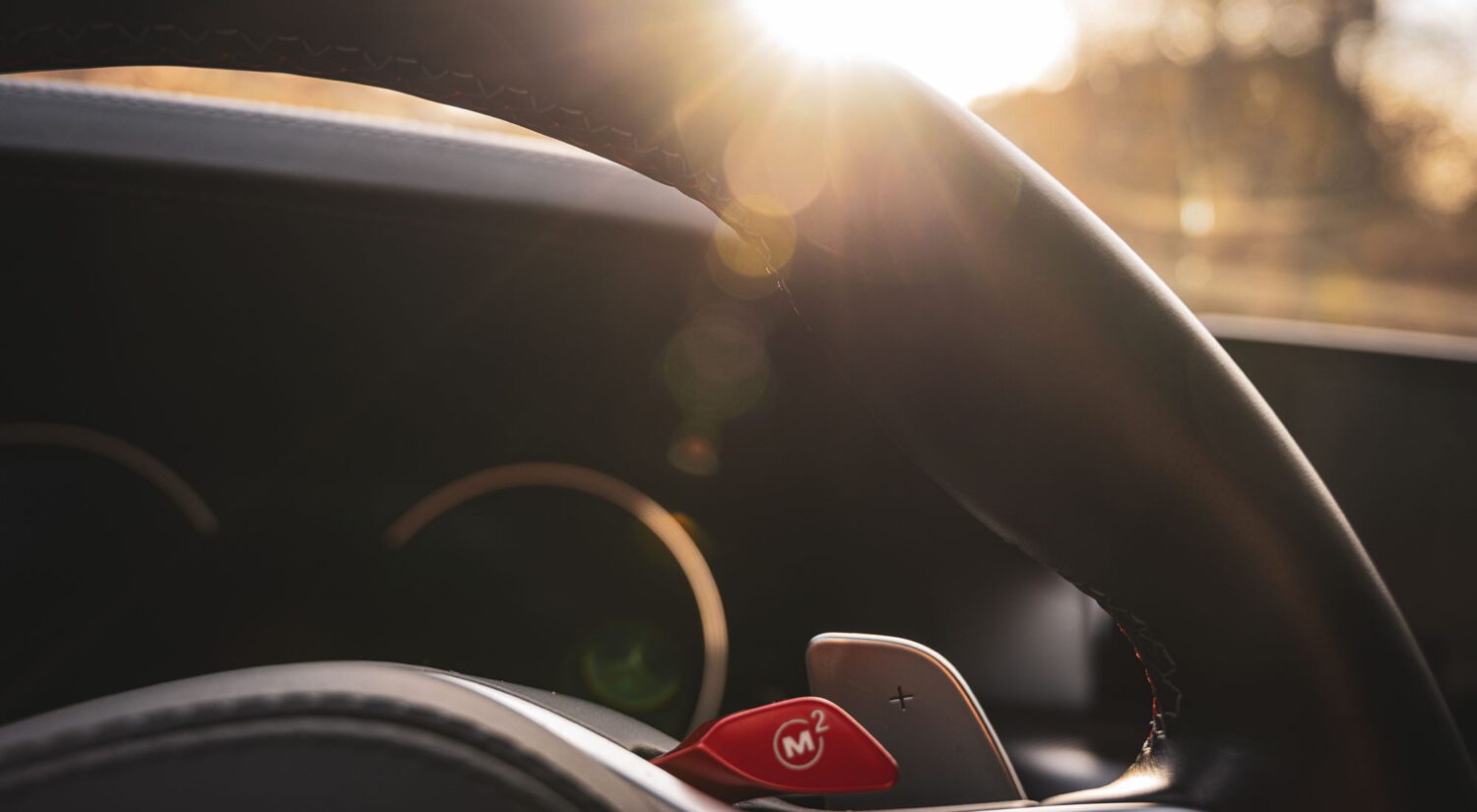
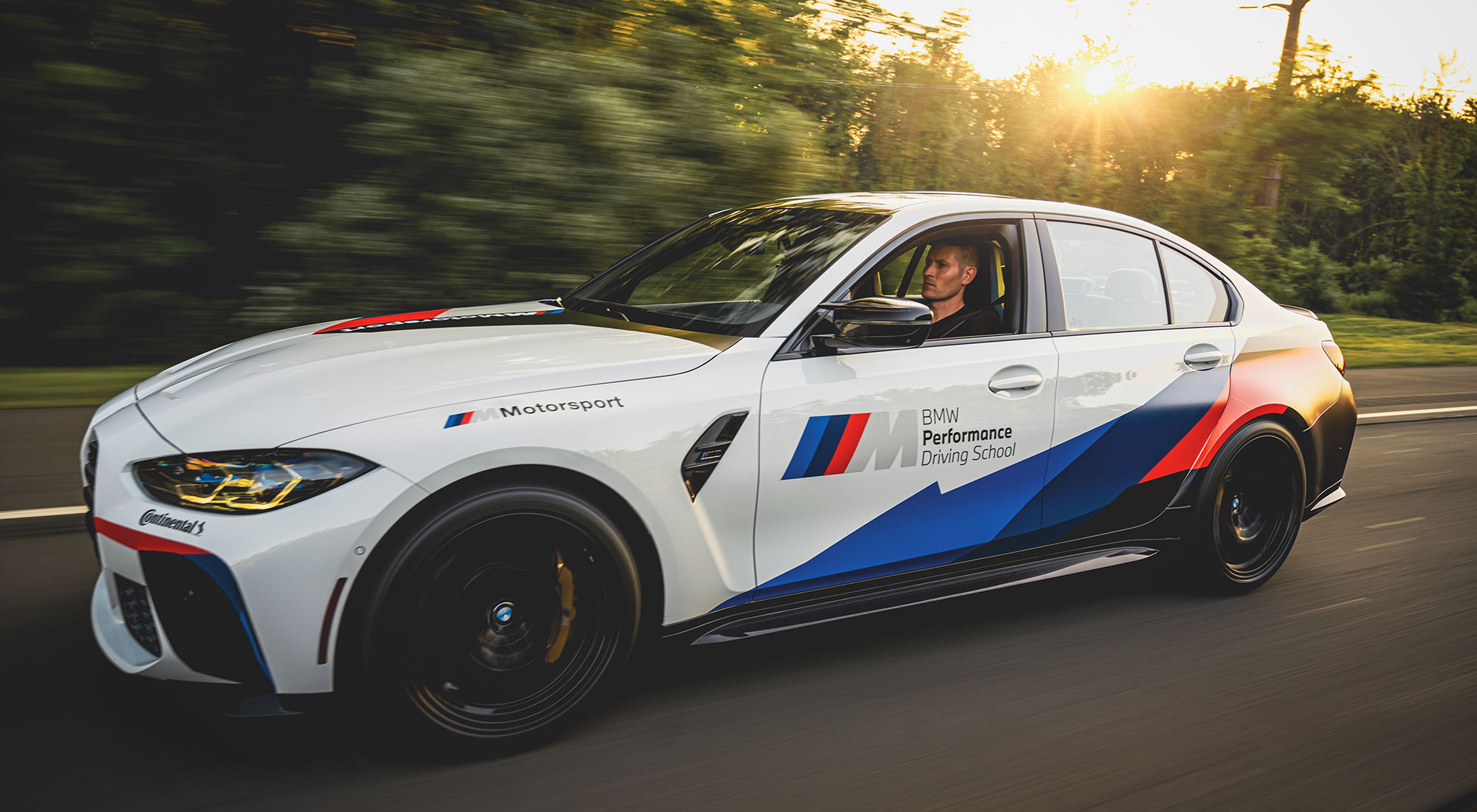
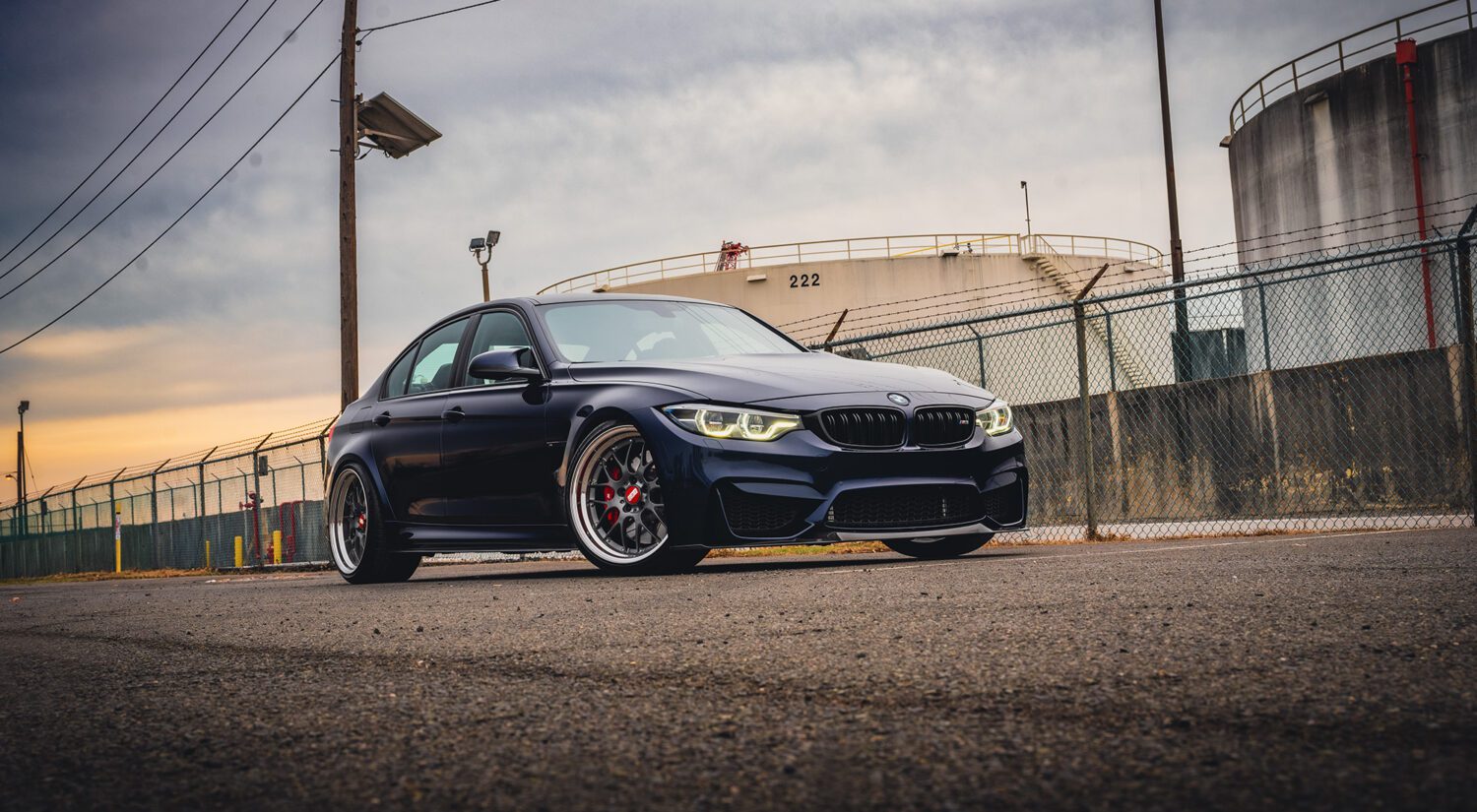
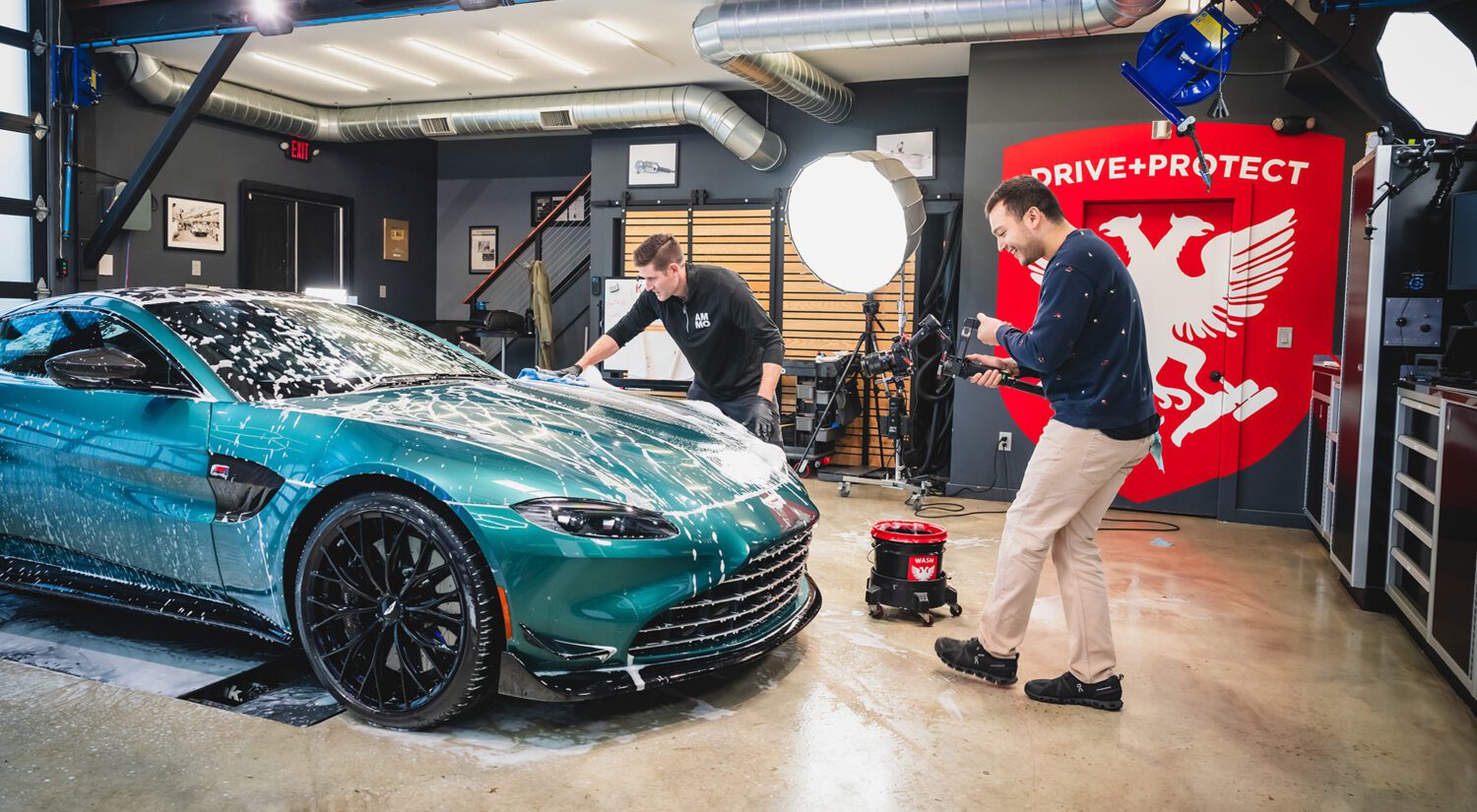

16 thoughts on “BMW’s amazing S63 V-8 is its last great engine”